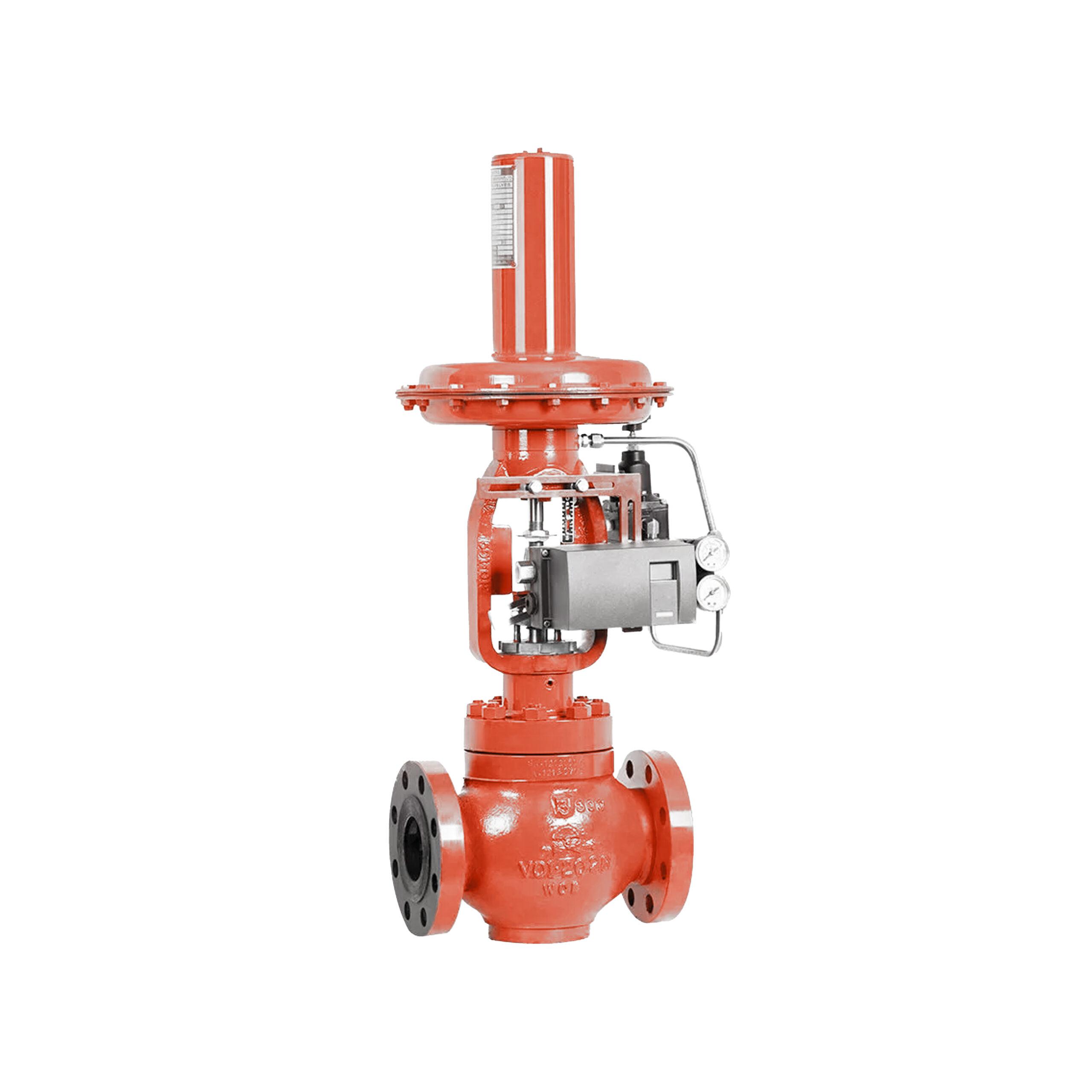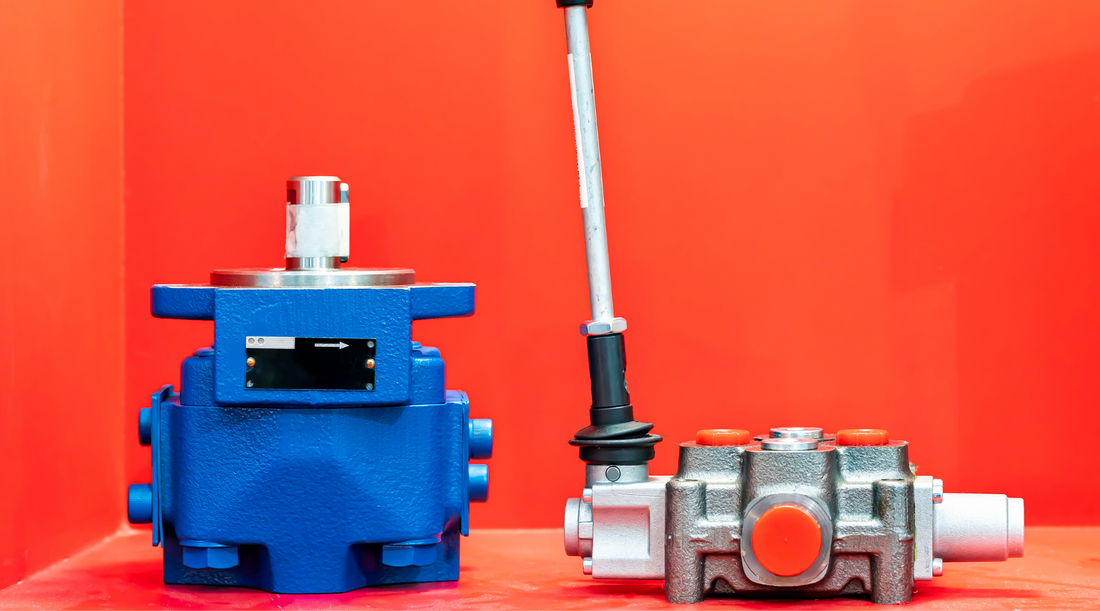Critical Aspects to Consider When Picking Control Valves
Critical Aspects to Consider When Picking Control Valves
Blog Article

Maximize Power Cost Savings and Convenience With Advanced Structure Automation Controls
In the realm of modern-day style and center administration, the assimilation of innovative building automation controls stands as a critical innovation. The convergence of innovation and sustainability has birthed a brand-new period where energy effectiveness, convenience optimization, and operational streamlining are no longer achievable facts yet remote desires. By taking advantage of the power of automation, structures can adapt, react, and progress in ways that were once unbelievable. The capacity for significant energy savings and boosted convenience is not simply an opportunity however a guarantee waiting to be satisfied. This standard shift in building management holds the crucial to unlocking a globe where ecological conscientiousness and passenger well-being harmoniously exist together within the walls of our structures.
Energy Efficiency Perks
Energy performance benefits can considerably lower power intake and operational costs in structures. Energy-efficient systems, such as innovative building automation controls, can enhance the use of sources like air conditioning, lighting, and heating, leading to reduced power expenses over time.
In addition, improved energy effectiveness can prolong the lifespan of structure devices and systems. By operating more efficiently, HVAC systems, lighting fixtures, and other structure parts experience less deterioration, causing decreased upkeep and substitute prices. Additionally, energy-efficient buildings often command higher building worths and rental prices, providing long-lasting financial benefits to owners.
In addition, energy effectiveness can enhance passenger comfort and productivity. Effectively managed interior atmospheres with optimal lighting and thermal problems develop a more helpful and pleasurable work space, bring about improved staff member contentment and efficiency. In general, the energy efficiency benefits connected with advanced building automation controls are diverse, encompassing expense savings, environmental stewardship, and occupant wellness.
Enhanced Convenience Control
Enhancing convenience control in building atmospheres needs a sophisticated integration of sophisticated automation systems for ideal owner health. By making use of innovative building automation controls, centers can tailor the interior environment to satisfy the certain needs and preferences of residents. These systems allow precise guideline of air flow, temperature, and illumination, creating a comfortable and efficient ambience. Occupant fulfillment and efficiency are very closely linked to thermal comfort, making it important to have systems in position that can adapt to transforming conditions in real-time.
Improved convenience control exceeds basic temperature modifications. It consists of features such as tailored setups, occupancy sensors, and all-natural light application to develop a vibrant and responsive setting. By incorporating these innovative controls, buildings can not just boost comfort but also improve power effectiveness by enhancing system procedures based on actual tenancy and use patterns. Ultimately, focusing on occupant convenience with sophisticated automation systems results in a more satisfying and healthier interior setting.
Functional Efficiency Improvements

In addition, the execution of real-time surveillance and analytics tools allows structure drivers to identify power inadequacies and operational abnormalities quickly. By continuously checking energy usage patterns and system performance metrics, adjustments can be made in real-time to optimize power consumption and make sure peak operational efficiency. control valves. Furthermore, incorporating demand reaction methods right into structure automation controls can further improve operational effectiveness by dynamically adjusting energy usage based upon grid problems and rates signals
Indoor Environment Optimization
Efficient indoor climate optimization is a fundamental element of structure automation controls, ensuring residents' convenience and health while optimizing energy financial savings. By making use of sophisticated sensors and controls, building automation systems can constantly keep an eye on and readjust temperature level, moisture degrees, air top quality, and go right here ventilation to produce an optimum indoor setting. Preserving consistent and comfy conditions not only improves passenger fulfillment yet also increases efficiency and overall wellness.
Indoor environment optimization additionally plays an essential role in power effectiveness. By fine-tuning heating, ventilation, and cooling systems based upon real-time information and tenancy patterns, developing automation controls can considerably reduce energy consumption - control valves. Executing techniques such as demand-controlled air flow and thermal zoning can assist reduce energy waste while making certain that each location of the building gets the required conditioning.

Lasting Environment Development
Structure automation manages not just optimize interior climate conditions for power efficiency and resident comfort yet also lay the foundation for creating a lasting atmosphere via critical monitoring of systems and resources. By integrating sophisticated building automation technologies, such as sensing units, actuators, and smart software application, centers can keep an eye on and change power use in real-time to minimize waste and minimize their carbon footprint. These systems make it possible for predictive maintenance, identifying potential concerns prior to they rise and optimizing devices efficiency to enhance longevity and effectiveness.
Additionally, sustainable environment development expands beyond power monitoring to include water conservation, waste reduction, and interior air quality improvement. Building automation controls can control water use, find leakages, and guarantee appropriate waste disposal methods, adding to general sustainability efforts. Additionally, by keeping an eye on and managing ventilation and filtering systems, these get redirected here modern technologies improve occupant health and performance while reducing power usage related to a/c procedures.
Final Thought
In verdict, progressed structure automation controls deal considerable Bonuses advantages in terms of energy cost savings, comfort control, operational efficiency, indoor environment optimization, and producing a lasting atmosphere. By applying these controls, buildings can achieve optimum efficiency while decreasing power intake and enhancing passenger convenience. It appears that making use of innovative automation modern technology is critical in improving building efficiency and creating a much more lasting future.
Energy performance benefits can dramatically minimize power usage and operational expenses in buildings. In general, the energy performance benefits linked with advanced building automation controls are complex, encompassing cost savings, environmental stewardship, and owner health.
Furthermore, incorporating need feedback strategies right into structure automation controls can additionally enhance functional efficiency by dynamically readjusting power usage based on grid conditions and pricing signals.
Structure automation manages not only maximize indoor environment problems for power efficiency and occupant convenience but also lay the structure for producing a lasting setting through calculated monitoring of systems and resources.In verdict, advanced building automation manages offer significant advantages in terms of power cost savings, comfort control, functional performance, indoor environment optimization, and developing a lasting environment.
Report this page